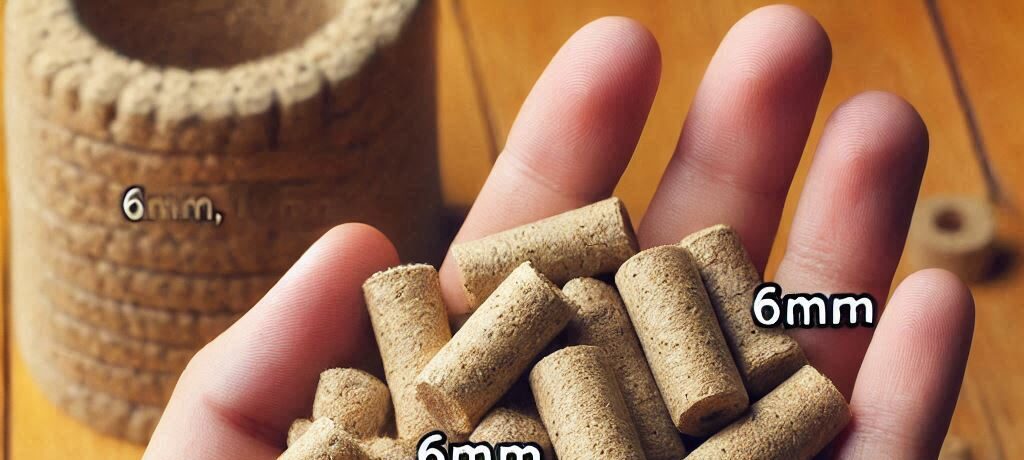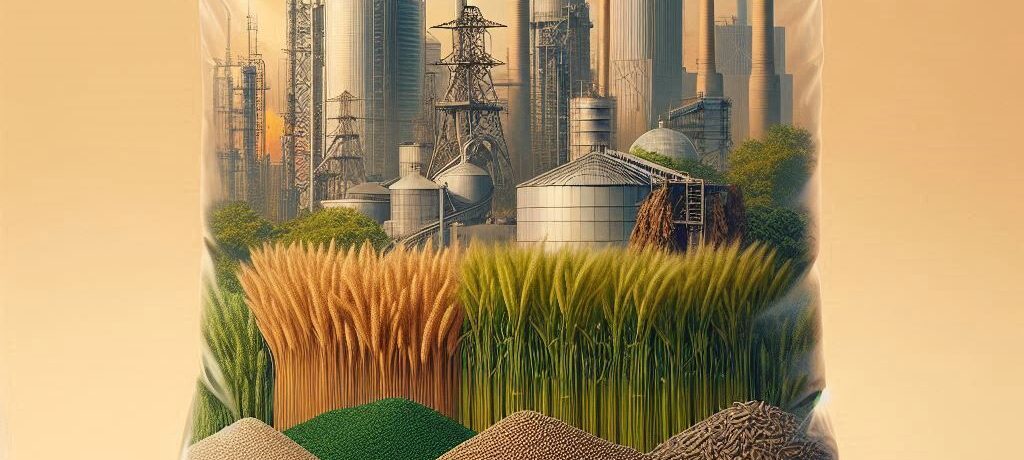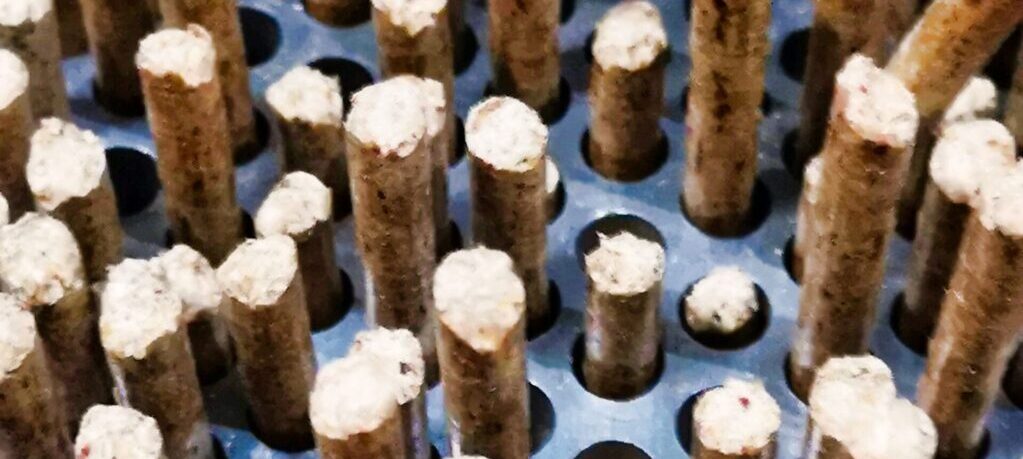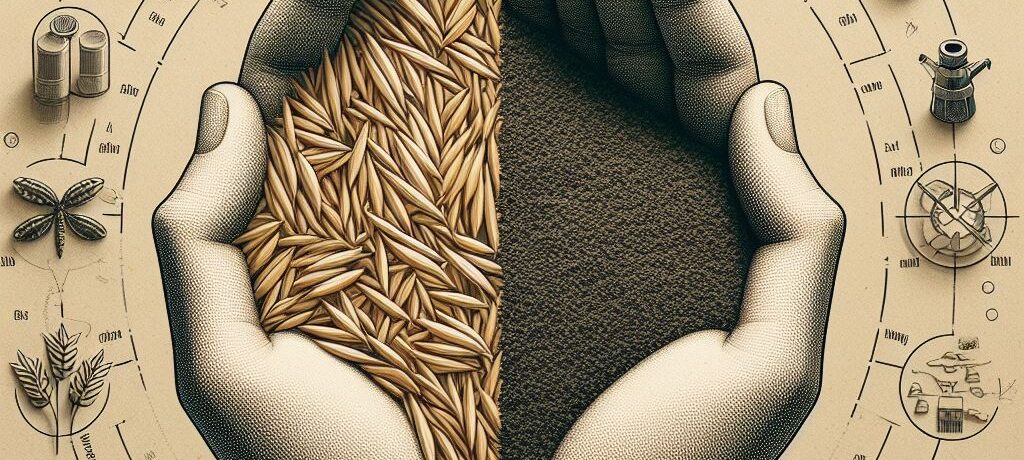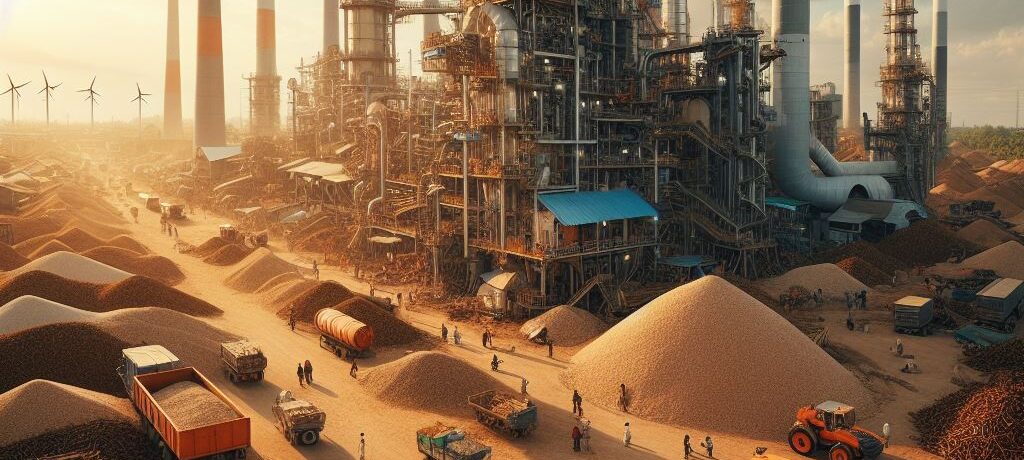What are the benefits of different biomass pellet sizes (6mm, 8mm, 10mm, 12mm) for specific applications and materials?
The different pellet diameters (6mm, 8mm, 10mm, and 12mm) are chosen based on the specific application, type of biomass material, and combustion system. Below is a detailed explanation of why different pellet sizes are used and their relevance for various biomass materials along with their Gross Calorific Value (GCV): 🌟 Pellet Sizes and Applications 🌟 […]
Continue readingBiomass pellet manufacturers of Rajasthan state are currently producing the best products by making pellets of 50%-50% mustard husk and Napier grass:
Gross Calorific Value (GCV) and ash percentage for a 50-50 blend of mustard husk and Napier grass biomass pellets, we need to use weighted averages based on the proportions of the materials. Step 1: Gather Key Parameters for Each Biomass Here are typical values for Mustard Husk and Napier Grass: Material GCV (kcal/kg) Ash (%) […]
Continue readingWhat are the key temperature phases during biomass pellet production in a Ring Die Pellet Mill?
(Test conducted by PelletIndia.com) Ring Die Pellet Mill at different phases for achieving optimal compression, density, GCV, moisture, and durability: 1. Temperature Phases in Pellet Formation 2. Key Points to Monitor: 3. Effects on Final Pellet Quality: 4. Factors Affecting Pellet Quality: The above test and results were conducted by PelletIndia.com, ensuring optimal conditions for […]
Continue readingGross Calorific Value (GCV) for torrefied and non-torrefied biomass pellets:
GCV of Biomass Materials (Torrefied vs. Non-Torrefied) to understand: 📞 Contact Us for Biomass Solutions📍 Servoday Plants & Equipments Limited📞 +91 9427210483 | +91 9427210484📧 [email protected]🌐 www.PelletIndia.com👤 Contact Person: Sanjay Masuria📲 WhatsApp: +91 9427210483 PelletIndia.com – Concept to Commissioning Means, We Are With You! Since 1969 🚀🔥 Biomass Material GCV Non-Torrefied (kcal/kg) GCV Torrefied (kcal/kg) […]
Continue readingBiomass Pellet Estimated Price Per Ton Based on NTPC Rate:
To calculate the price per ton of biomass based on NTPC’s rate of ₹2.27* (as per region) per 1000 kcal/kg, we’ll apply this rate to the Gross Calorific Values (GCV) of the different biomass materials. I’ll also include details regarding pricing and raw materials terms relevant to NTPC tenders. 1. Price Calculation: For each biomass […]
Continue reading